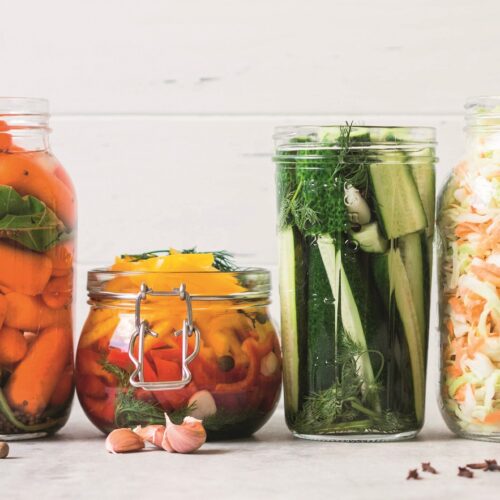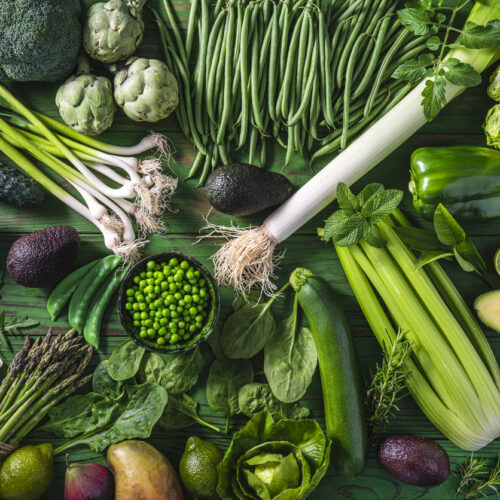
A meal-base sauce can come to the rescue on those days you fancy something tasty but don’t really feel like cooking.
What’s available?
Flavours from around the world are at our fingertips, quickly and easily. We found simmer sauces, pasta sauces, stir-fry sauces and sauces for ‘bakes’.
What to add
These sauces have instructions recommending what meat, seafood or vegetables to add, how to prepare the dish and often suggestions on what to serve it with. Remember though, we don’t have to be a slave to the packet directions.
Some instructions are heavy on things such as oil for browning or the amount of added coconut cream.
We found one pack suggesting one-quarter cup of oil to brown the meat, which we think is over the top. When it comes to browning, pare it right back to the minimum — usually a light spray or a teaspoon or two of oil will do.
Coconut milk adds great flavour, but too much will give you a meal high in saturated fat. When the instructions specify adding coconut milk, choose one with less saturated fat (see our Guide to coconut milk /articles/2012/may/guide-to-coconut-milk) and you can usually use a lot less than specified. If you need more liquid, just add water. And don’t be afraid to add more vegetables than suggested. Frozen veges can be especially useful in quick stir-fries.
Sodium
Most of the sodium in our diets comes from processed foods, and most of us have much more sodium in our diets than is healthy. So always check and compare the sodium content in foods we buy, including meal-base sauces.
Ideally these sauces would all be 500mg or less sodium per serve, and there are many options which meet this criterion. For a wider selection you could choose sauces with 800mg or less sodium per serve. However, we recommend anyone with high blood pressure, type 2 diabetes or at high risk for heart disease make lower-sodium choices their default setting for all processed foods.
Asian-style sauces can be the most problematic and while there are plenty that meet our criteria, there are some which are very high in sodium. We found a number of products with 1200-1500mg sodium per serve and we suggest steering clear of these.
Fat
We all need some fat in our diets but the less saturated fat the better. So we recommend choosing sauces with 5g or less saturated fat per serve. Remember, too, that fat is high in energy so we don’t want to overdo total fat. When preparing the meal, you are likely to add a little oil for browning meat, and even trimmed meat will add some fat, so the overall fat content of the meal will likely be higher than just what’s in the sauce. We recommend choosing meal-base sauces with 15g or less total fat.
Sugars
Most meal-base sauces don’t have high amounts of sugar but there are exceptions, so it’s worth checking. Ideally, we recommend choosing products with 10g or less sugars. For some products with a higher sugar content than this (it can be from fruit or milk products), 15g or less sugars is fine — this will still knock out the sauces with excessive amounts of added sugars.
Energy
For people wanting to lose or maintain weight we recommend using sauces with 500kJ or less per serve. Also be aware of the kilojoules you add during preparation. You can minimise added oil, use lesser amounts of rice or pasta, and fill up with extra low-energy veges. For people wanting to gain weight, see Ask the experts: How can I gain weight?.
www.healthyfood.com










